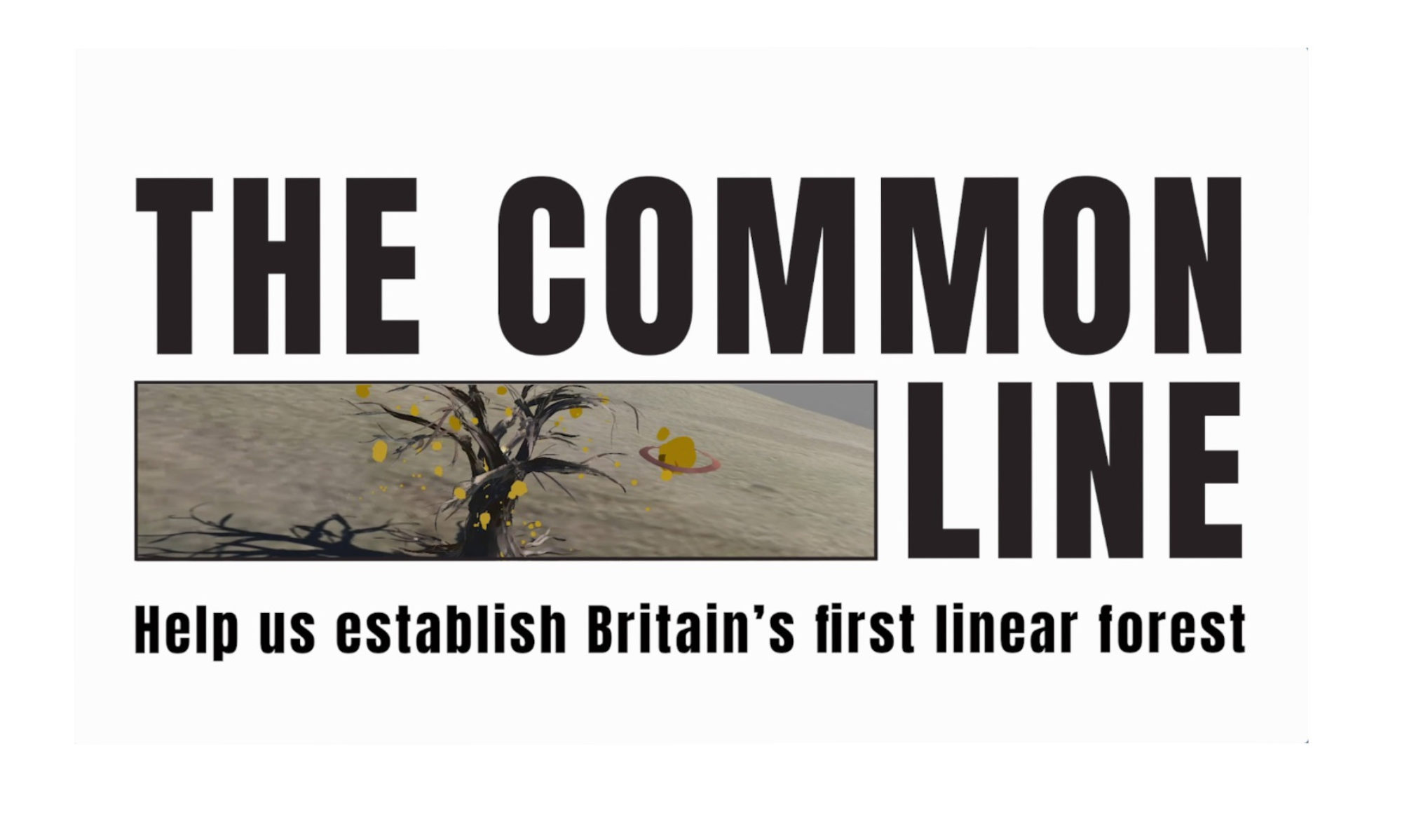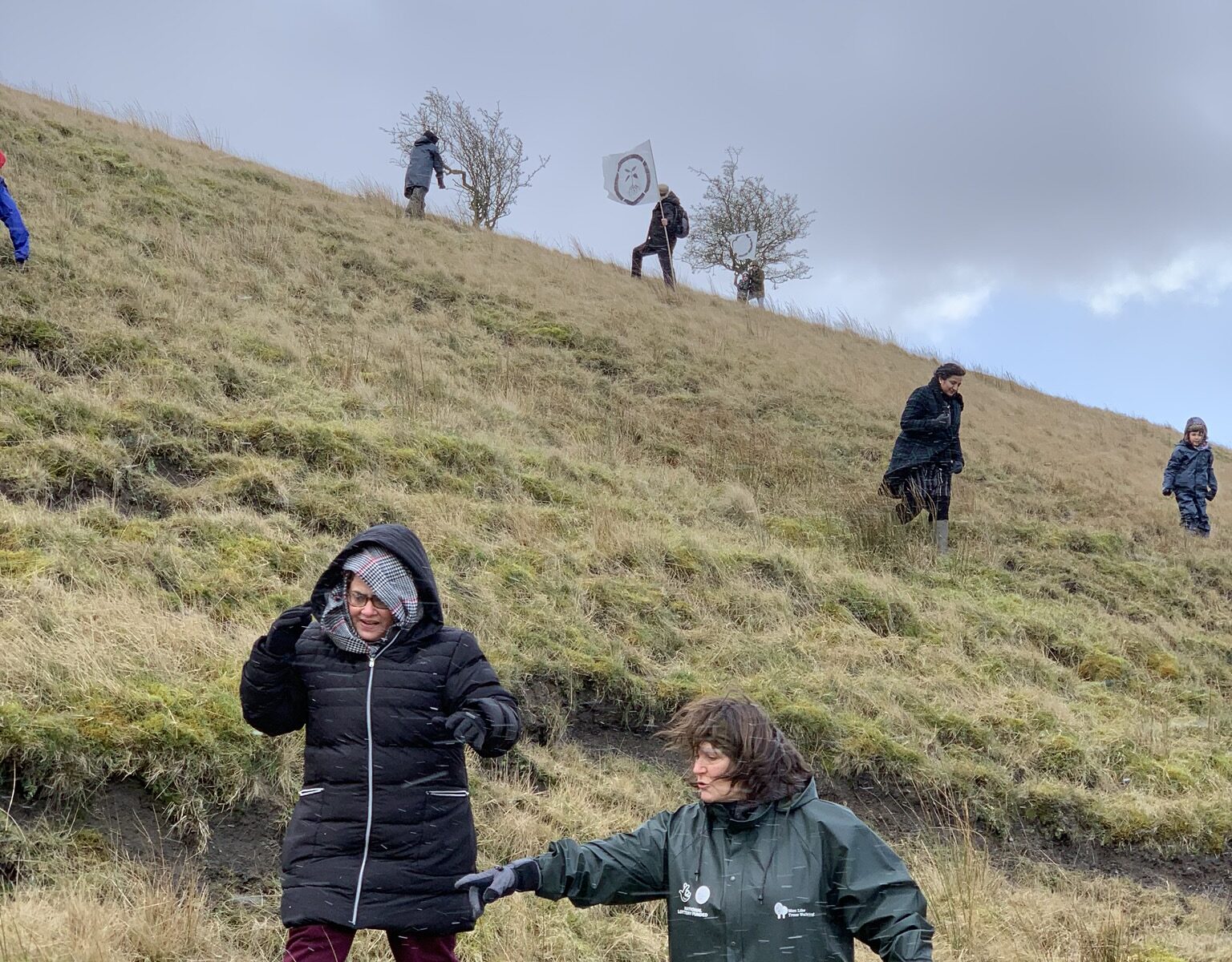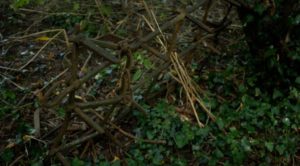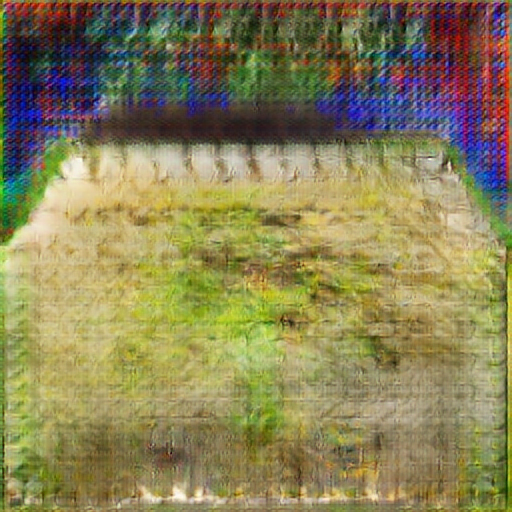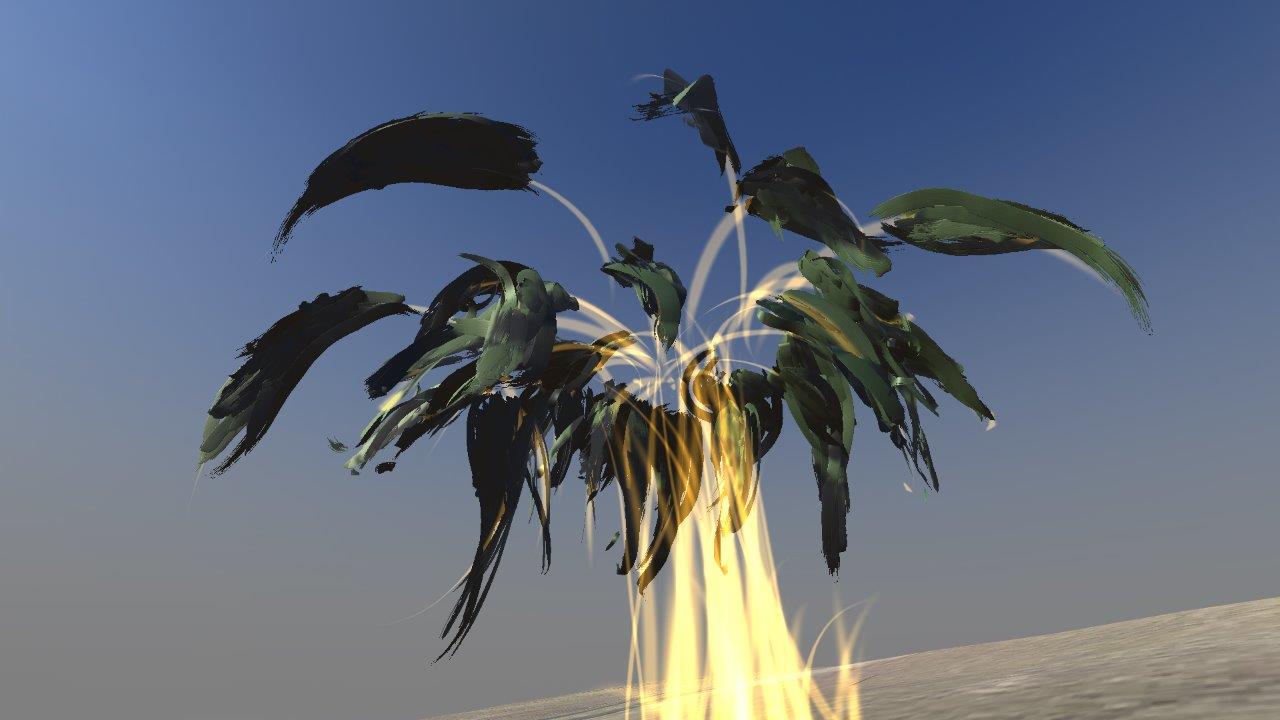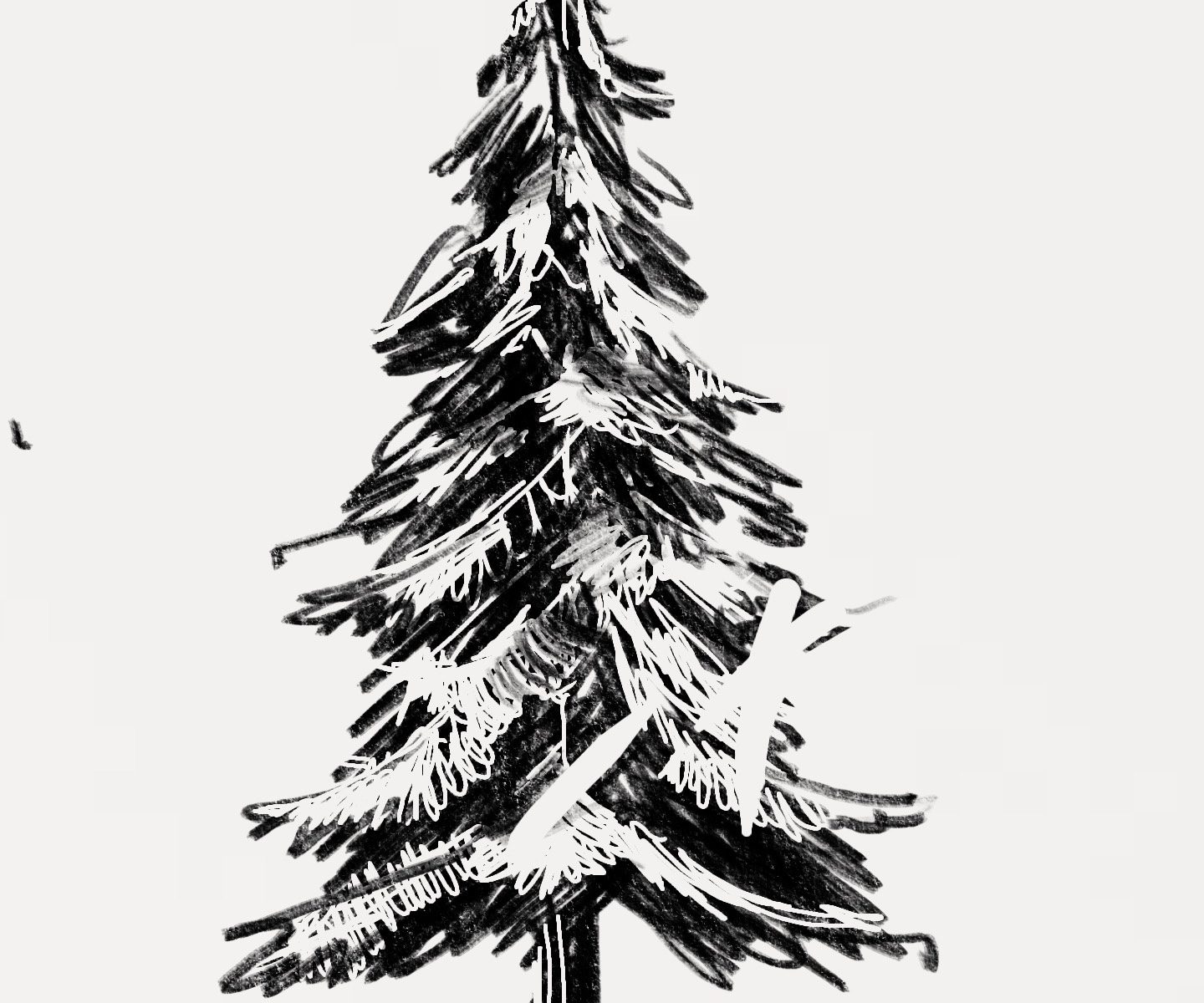At the end of February 2020, we visited Harwes Farm CIC near Pendle in rural Lancashire. This first visit hopefully marked the beginning of an ongoing working relationship with this excellent outdoor education initiative. The farm’s rugged woodlands border the course of the Common Line, and we wanted to work with members of the public to further develop our approach to the project’s digital app – on location.
Harwes Farm provides various educational offers to schools and community groups from the region. Project director Gill Taylor hosted us and the groups we worked with extremely well, making sure everyone had a focused, productive, and/or enjoyable time.
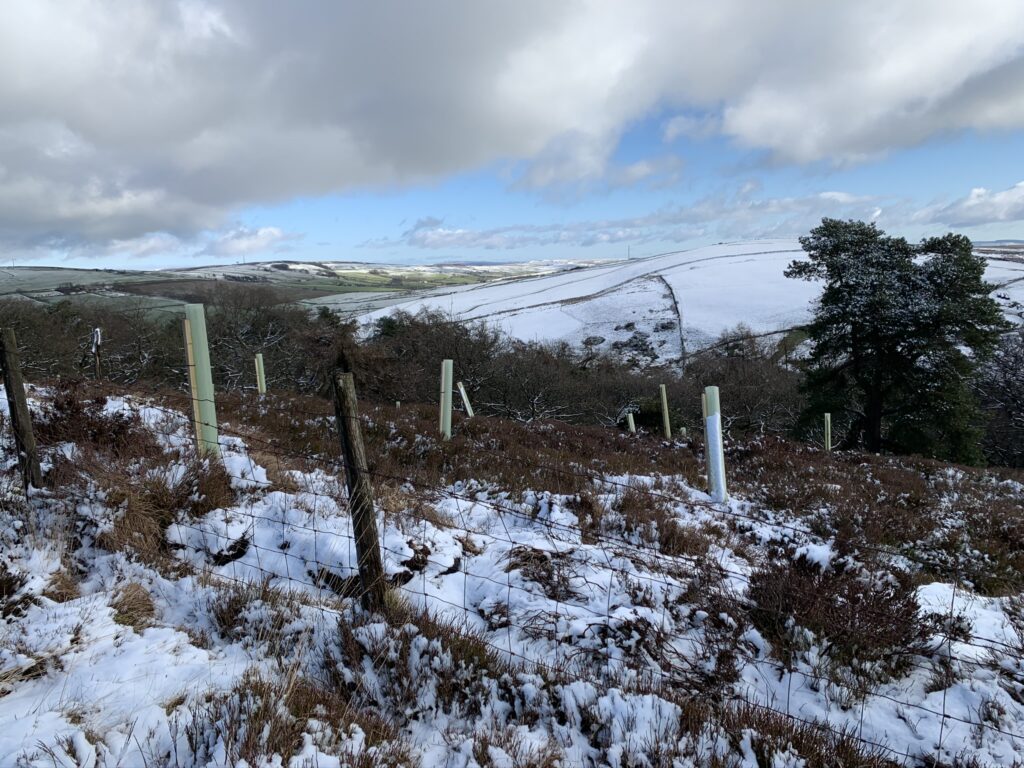
Since 2018, I had been liaising with Paul Hartley from In Situ Arts in Pendle about working with us on the project. Paul made various crucial connections for these workshops, including that with Harwes Farm. The people at In Situ are specialists for embedded arts practice; excellent at bridging grassroots community engagement and cutting-edge contemporary art practice in meaningful ways. Consequently, we were rather pleased when In Situ decided to roll with us. Drawing on Paul’s connections, this was our first opportunity to test the project with diverse, non-special interest audiences – on the land, close to the line, and right on it. Paul also introduced us to Mums2mums, a women’s group from the South Asian community in nearby Marsden Heights. Over the course of three days, we worked with them and a group of young people who regularly visit the farm.
We also had the pleasure of welcoming a new thinker and practitioner to our team – Pete Jiadong Qiang, an artist and doctoral researcher from Goldsmith’s. Goldsmith’s have funded Pete’s participation in the project. Pete is bringing a whole new imagination and skillset to the Common Line. The evolving digital architecture needs to be straightforward, inclusive, and functional, and at the same time, we want it to be discursive, fluid, evolving, and transparent. Pete’s approach to user experience design will help us to think and develop a coherent aesthetic for our digital system. Their practice, skills, and artistic sensibilities resonate strongly with one of the Common Line’s key ambiguities as I see it.
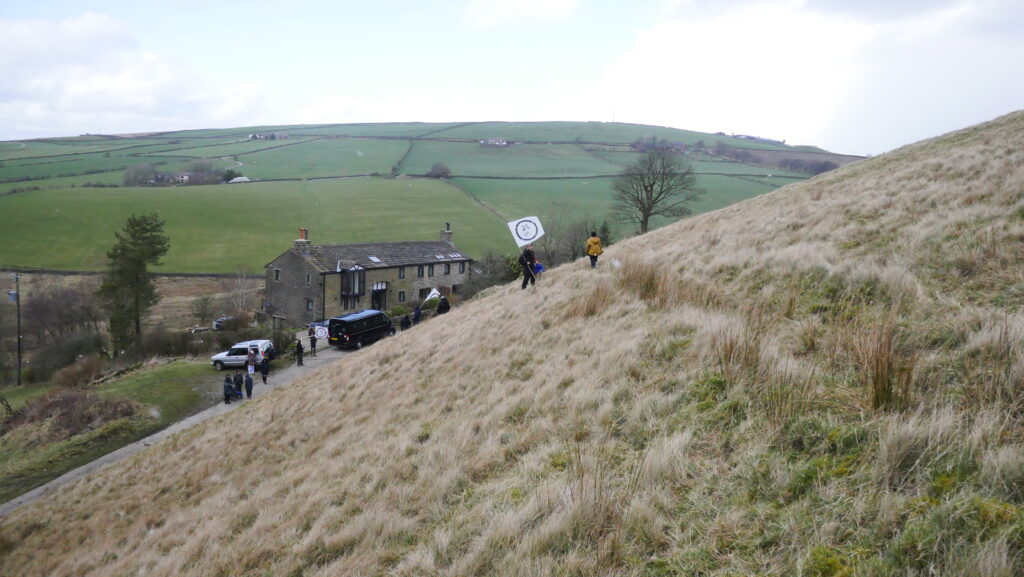
Whilst representations of the line run as a straight transect across the map, it tends to be a lot less straightforward to trace its course on ground level, let alone to follow it. Habits of dwelling in landscape and moving through it, the effects of boundaries, terrain, and weather, as well as the unpredictable nature of digital technology and user behaviours unfold in a non-linear fashion. The projection of straight movement across space evokes images of colonial conquest and territorial control. Straight movements tend to have target focus, minimising or even eliminating the experience of in-between space, and the gain of one sort masks the loss of another.
Contrary to its explicit straightness, I have always imagined the Common Line as a malleable space of seeking, dwelling and discourse, resonant with German artist Joseph Beuys’s ‘Soziale Plastik’ or ‘social plastique’: the myriad processes of human beings thriving and relating through creative acts. In shaping the polis, art becomes a political act and political action becomes art. It’s worth mentioning that I have always found the English translation as ‘social sculpture’ quite misleading. The term sculpture or ‘Skulptur’ is suggestive of a rigid, possibly even monumental form – an opposite that lies beyond discursive transformation. Monumentalism has a peculiar knack of outdating itself soon after conception. The Common Line is not a monument. It will ever only manifest as a process – through human connections, situated action, and growth.
I was keen to try out some workshop ideas that relate the making of a hands-on sensual connection with land to the perhaps more ethereal realm of digital possibilities. The idea was to use land-based crafts processes to create unique VR-objects or ‘ trees’ for digital planting. I dug out clay from a nearby seam and the workshop participants picked and clipped a branch each from one of the various native trees that grow around the farm. We discussed the branch patterns as fractals of the trees’ growth shapes. Back in the house, we fixed our miniature trees to stable bases, and with a bit of paint and clay, everybody created their own unique tree model.
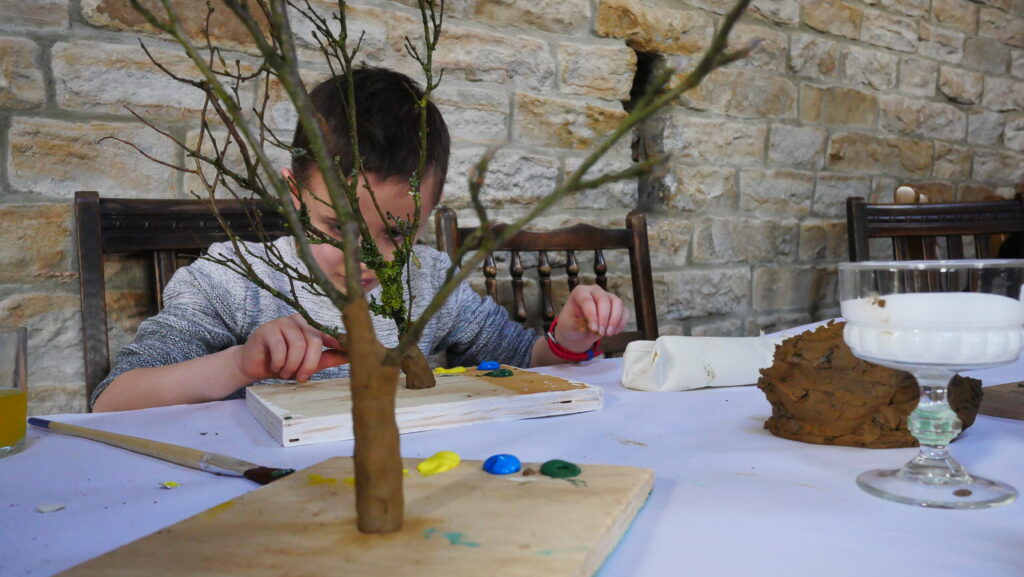
Sitting, working, and chatting around a large table we got to know each other, and there were plenty of opportunities to talk about the project themes at more depth. This hands-on tree making was a highly accessible task that could be approached at many skills levels, and everybody walked away with a nice model. We then used mobile phones and various commonly available apps, to capture our models and render them as 3D VR-objects, ready to be digitally ‘planted’ on the land. The resulting VR-trees are striking artefacts of a three-stage accumulative process leading from natural growth to the intervention of the human hand to digital rendering. Branches (trees) are complex shapes and the 3D renderings were somewhat glitchy. This was not a problem though – the flaws added fantastic textures, whilst making the process visible. What’s even better – each VR-object had a real uniqueness about it – potentially creating a signature of its maker on the land.
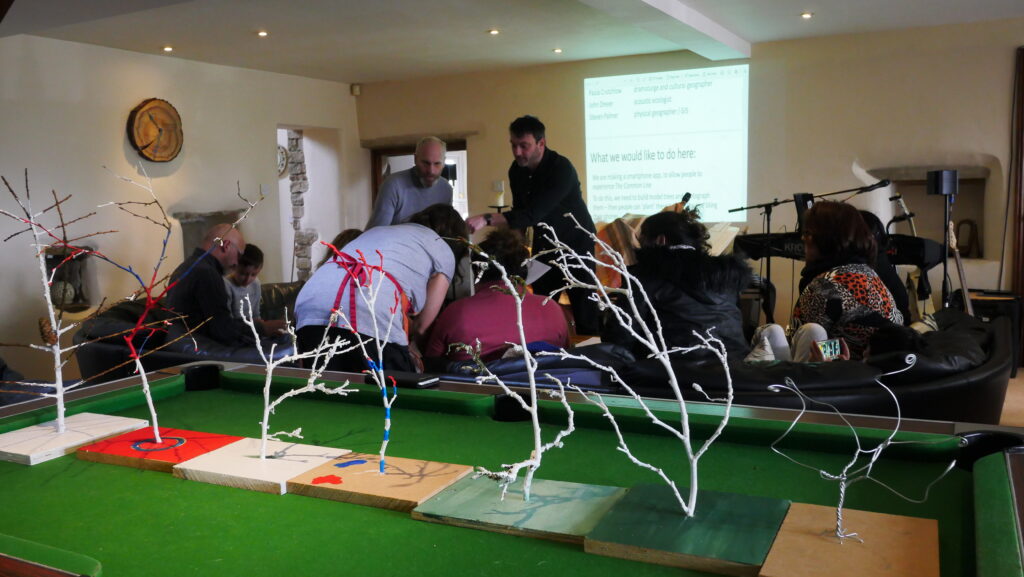
After the workshop, we visited a future planting site. By then, everybody was rather excited to see their VR-tree associated with a spot on the line. For some participants, the focus had already shifted towards physical tree planting and plans for our return later in the year were forged. Once more, the Common line was a wonderful engine for debate and encounter, but also an effective focal point for educational work. At Harwes Farm we have seen that it can be a productive framework for creative grassroots activity, extremely well suited to critically engage a whole wide range of people with pertinent themes across a variety of media.
Volkhardt Mueller, 20th May 2020
